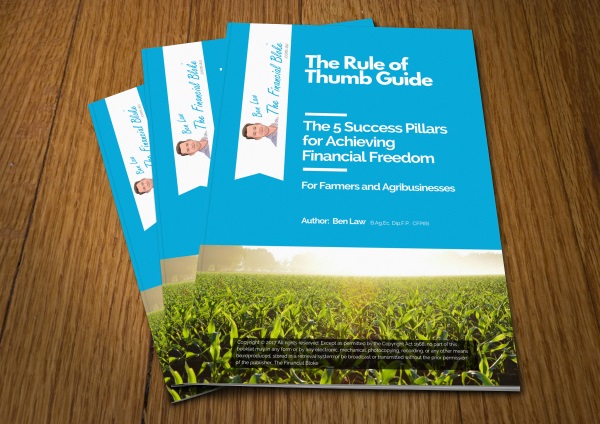
It’s that time of year again, the festive season is over and we’re back to reality. In fact, many of you are probably awaiting that dreaded phone call or email from the bank manager requesting an annual bank review – Now the holidays are well and truly a distant memory!
For most people, this is a time of apprehension – the preparation of spreadsheets, cash flows and document after document in what feels like ‘death by paperwork’!
I know plenty have taken the old ‘she’ll be right’ attitude to these reviews
– doing as little preparation as possible and crossing their fingers hoping they get through unscathed, and without any raised risk margins/interest rates.
And whilst this may have worked in the past, this year, prepare for a totally different ball game.
The banking world, as we know it, has changed. As you would know by now, there’s been a Royal Commission into Misconduct in Banking – and nothing makes banks stick to the rules quite like a royal commission.
They also tend to lend less money, a lot less money, essentially ensuring it’s far more difficult for customers to maintain loans, let alone increase them.
Now, more than ever, you need to take control of your future and meet your bank head on.
I’m in no way suggesting getting into a confrontation with your bank, but I do believe there is a bit of game playing required to maximise your chance of success.
From first-hand observations working with some of the most successful farmers and graziers in Australia, I am going to give you five key strategies that will give you the best chance of successfully navigating your bank review, and maintaining business as usual with the bank:
1. Tackle it head on. Don’t duck, dive or avoid it by any means. Doing this will only delay the inevitable and put a ‘red flag’ on your customer file. Believe me, you do not want to be on a bank’s naughty list.
2. Prepare. Identify what the bank is looking for and give them more. Do your cashflows and spreadsheets and ensure all paperwork is relevant. Don’t cut corners and adopt a relaxed attitude – this is the time to sell yourself, show the bank you are a serious businessperson, make them want to engage and do business with you.
3. Tell the story. An honest and genuine conversation goes a long way, so build a clear story for the bank around where you are and why you are there - the good and the bad. Most importantly, share your vision, outline where you are going and how you intend to get there. Understanding your business is key to keeping the credit managers on your side.
4. Arm yourself with backup. Include your accountant or finance broker/specialist in the process, potentially even the meeting. Other than strong cashflow and equity, nothing puts a bank more at ease than knowing their customers are being helped and advised by competent professionals.
5. Have a Plan B. Make sure you can demonstrate to the bank that you know what you’re doing, and that you have a plan if things go off course. Banks are obsessed with worst case scenarios, so have a plan that will put them at ease and maintain their focus on supporting you, and you are again maximising your chance of success.
So now, regardless of the current banking climate, you know what you need to do to stay on the bank’s good side.
If you think others might benefit from this blog, please share this blog and help me spread the word.
Cheers,

Find my other work in The Land.
Download our free eBook

Know it or not, all farmers have a
Wealth Windmill which when set up
right, will pump all the wealth you
and your family need to be successful.
To unlock your FREE copy and receive
my monthly blog, register below.

